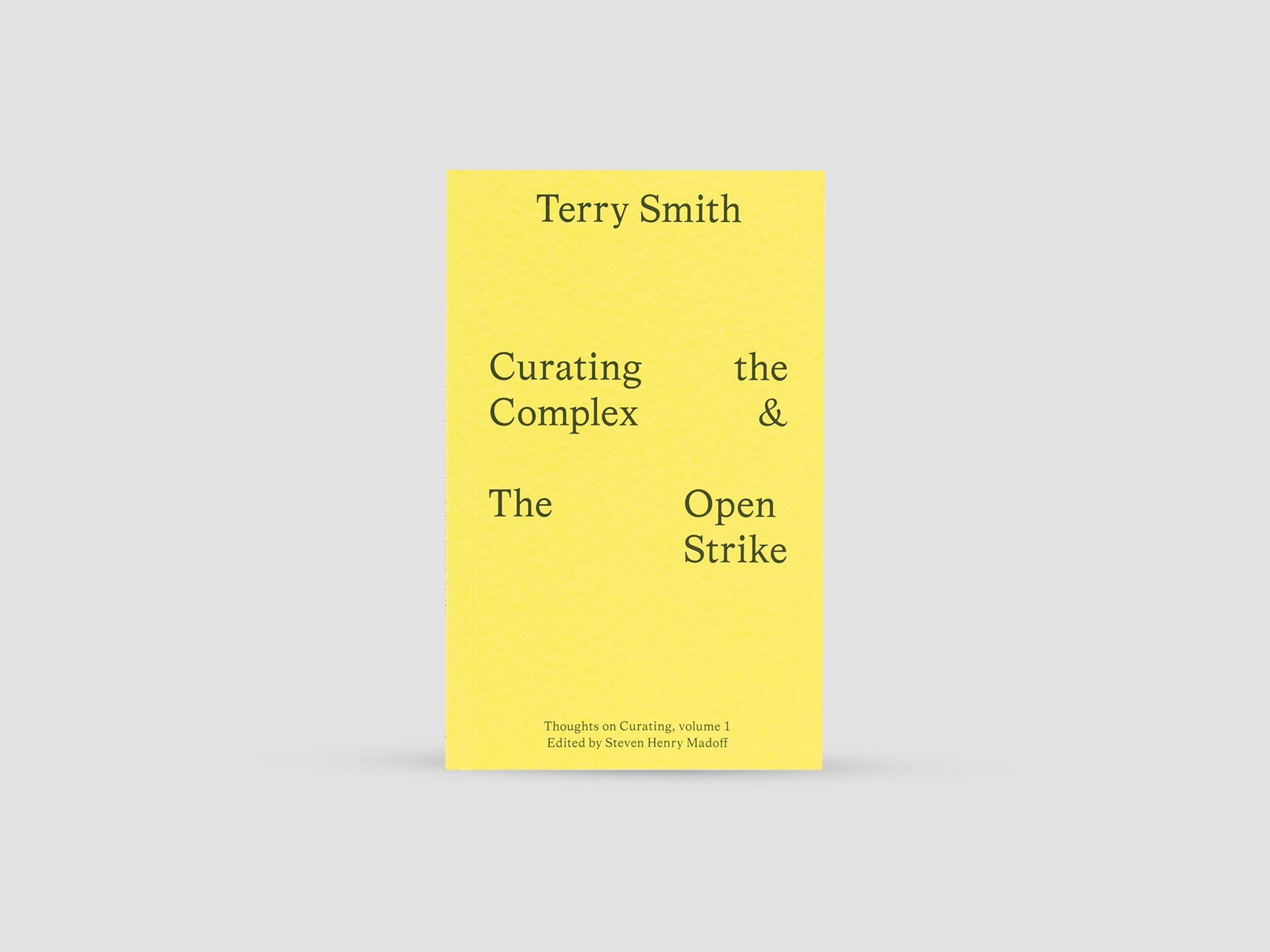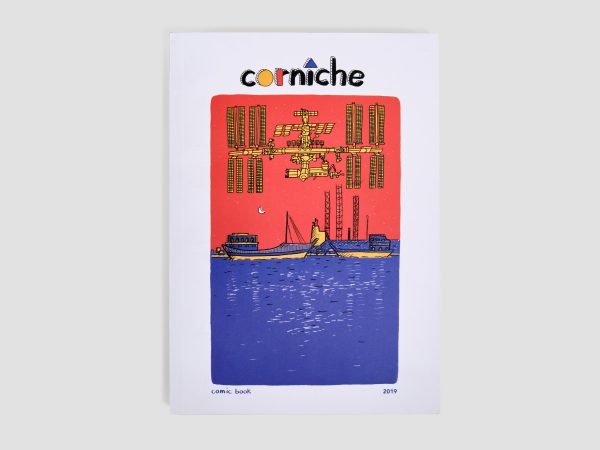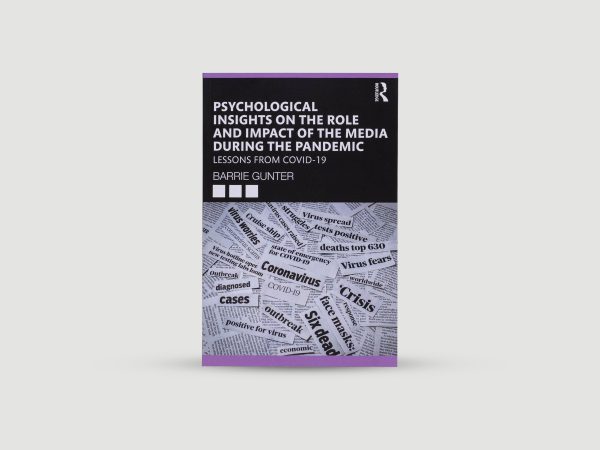If we ask where the curating of art occurs these days–in which places, which kinds of place, and how–apparent answers immediately appear: everywhere, expanding as if to ubiquity. Yet at the same time, we sense, with fragile purpose. In this, his newest book, Terry Smith explores the contemporary contexts of curating, looking for less apparent answers. It will map the dimensions of the visual arts exhibitionary complex, including its dialectical dance between institutionalization and deinstitutionalization; the persistence of professional classifications of curatorship; the given and changing categories of art exhibitions; the increasing variety of curatorial styles; the underthinking about publics; and (undistracted by curationism) the changing roles of art making and exhibiting art within an exhibitory iconomy that is at once viral and consumptive. A mapping of this kind might help us towards some answers to the more important questions: why curate art these days and in the name of which interests?
About the Author
Terry Smith (born Terence Edwin Smith, 1944) is an Australian art historian, art critic and artist who currently lives and works in Pittsburgh, New York, and Sydney. Since 2001 he has been Andrew W. Mellon Professor of Contemporary Art History and Theory in the Department of the History of Art and Architecture at the University of Pittsburgh. He also serves as a Board member of The Andy Warhol Museum, Pittsburgh.
About the Publisher
Sternberg Press is a London-based publishing house of art and cultural criticism, creative nonfiction, and literary and experimental fiction. Founded by Caroline Schneider in New York in 1999, it aims to support both new and established writers and nourish lasting editorial relationships. The press is committed to publishing books with an interdisciplinary focus on contemporary visual culture and related critical discourse.






